Broadcasters Receive A Welcome FCC Shout-Out
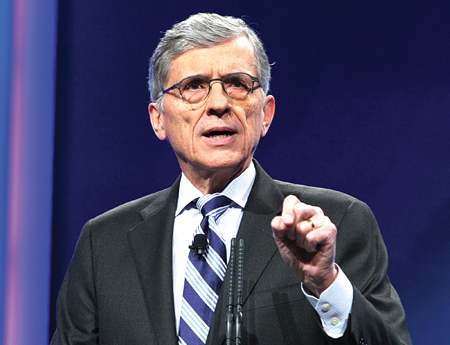
Free over-the-air television (FOTA) is heading for the latest, and one of the biggest, close-up moments in its history. And as it approaches the seminal event of the upcoming broadcast incentive auctions, TV faces a host of tricky and prickly challenges and opportunities, the latter mainly stemming from broadcast programming’s place as the most popular—and its service the most local—of all major media.
As B&C celebrates the best in the business at this week’s Hall of Fame induction ceremony, we polled the regulators responsible for overseeing the business and public service of FOTA about what their vision of that broadcasting future is. Their uniformly upbeat responses—FCC chairman Tom Wheeler praises its role as ‘first informer’ and primary news and entertainment medium—suggested there is still plenty of value in free TV.
FCC CHAIRMAN TOM WHEELER
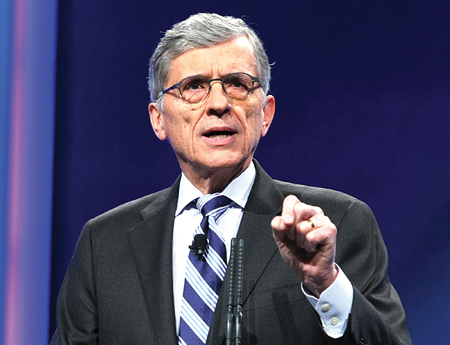
The interests of the American people are served every day by a vibrant broadcasting industry.
Over-the-air broadcasting has historically played the role of principal conveyor of news and entertainment and is invaluable in its role as “first informer.” For many Americans, broadcasters are literally lifesavers in times of emergency. Today’s evolving technology and changing media marketplace present the broadcasting industry with enviable new opportunities to expand their important role: The opportunities to provide over-the-top services built around compelling local content; the opportunities inherent in the incentive auction for those who choose to participate in it; and the opportunities that will be created by the transition to a new broadcast standard using OFDM.
I look forward to working with broadcasters to take full advantage of these opportunities and reach for and defi ne new levels of service for Americans.
FCC COMMISSIONER MIGNON CLYBURN
Broadcasting & Cable Newsletter
The smarter way to stay on top of broadcasting and cable industry. Sign up below
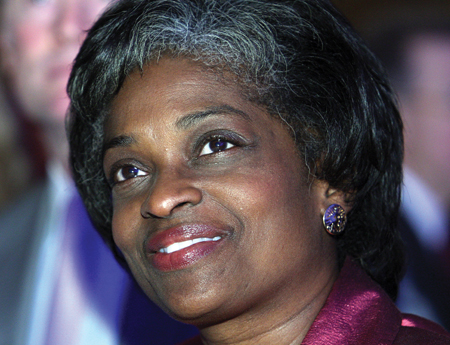
Like rock ‘n’ roll, classical and soul, broadcasting is here to stay.
From the tiniest town, to the top DMA, our networks tap into the pulse of the people, and deliver news, information and value like no other medium. When the ill winds of the times strike the very heart of our nation—whether natural disaster or man-made terror— broadcasters serve as our first informers, providing much-needed updates and information from the front lines. Their day-to-day commitment to highlight local views—beyond crises—alongside the news we can use, reflects the essence of public interest.
When we want to know what is happening in our community and around world, we invariably tune in to our local stations to guide us through the storm, supply us with the scores, alert us to the traffic and inform us on the issues of the day.
Even with the array of platforms technology may bring, the future of broadcast has never been brighter, and as a dedicated, unabashed viewer, I can’t wait to see what comes next.
FCC COMMISSIONER MICHAEL O’RIELLY
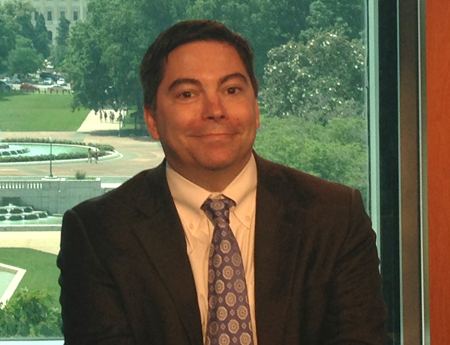
Today, American broadcasters go to great length, effort and expense to serve their communities in many ways. I suspect the near- and long-term future for broadcasters may involve some degree of uncertainty, as a result of a changing marketplace and consumer interests. Some television broadcasters are bound to exit the industry, while others will continue to operate in a smaller television spectrum band.
For radio, there are a number of market transition issues that will alter the landscape to some degree, certainly on the AM radio side.
Going forward, I expect that a healthy and vibrant broadcasting industry offering wide and diverse views to thrive and serve American communities. No matter the transmission technology, the valued programming provided by America’s broadcasters will be in high demand.
FCC COMMISSIONER AJIT PAI
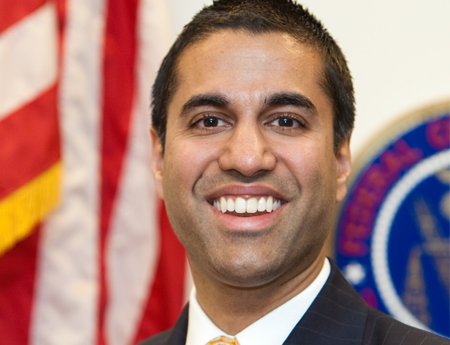
Broadcasting will continue to play an important role in the communications marketplace. Indeed, for all of the talk about over-the-top programming, it’s still over-the-air programming that draws the largest crowds.
Over the course of my time at the FCC, I have said repeatedly that I view broadcast and broadband as complements, not substitutes.
Broadcast’s one-to-many architecture is great for certain functions; broadband’s one-to-one architecture works well for others. Broadcasting is also vital when it comes to public safety emergencies. When the power goes out, when wireless networks go dark, when Internet access is disrupted, where do people turn for lifesaving information?
Their local television and radio broadcasters. We see it time and time again. Whether it is hurricanes on the East Coast, tornadoes in the Midwest or wildfires in the West, Americans rely on broadcasters in times of need. For these reasons, one of the FCC’s primary goals should be to preserve a vibrant, free, over-the-air broadcast service.
FCC COMMISSIONER JESSICA ROSENWORCEL
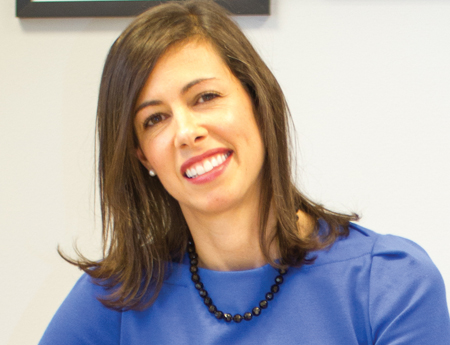
Television will change more in the next few years than it has over the last several decades. Already the ways we create, distribute and consume content are different today than they were in the past, and they will undoubtedly change more in the future. But one thing that won’t change is the power of local content. That has been—and will continue to be— what makes local broadcasting compelling, special and unique.
AEREO TO FCC: SOS
Aereo is hoping to have found a life preserver in the news—first reported by B&C—that the FCC’s Media Bureau has been working on a proposal to define linear overthe- top video providers as multichannel video programming distributors. The company has signaled it would be willing to negotiate retrans payments as well.
Aereo is the online service that concluded it could deliver TV station signals over the Internet without paying a copyright fee. The Supreme Court saw it differently and broadcasters have argued the service could destroy their business model if Aereo were permitted to operate without paying them.
If the FCC did classify it as an MVPD, Aereo would be eligible for a compulsory license for the underlying programing on a TV station, but would also have to negotiate for retrains fees with individual stations.
According to FCC documents, confirmed in a blog by Aereo founder Chet Kanojia, he and other Aereo execs have been meeting with FCC officials, including chairman Tom Wheeler and Bill Lake, head of the media bureau, in support of the proposal, which has yet to be circulated to the commissioners.
In those meetings at the FCC, Aereo signaled it would be willing to live with the requirement to negotiate retransmission consent payments.
Wheeler has said the FCC’s media bureau is “kicking around” the idea of the notice for proposed rule-making, but sources told B&C the NPRM was close to being circulated before the story broke.
Contributing editor John Eggerton has been an editor and/or writer on media regulation, legislation and policy for over four decades, including covering the FCC, FTC, Congress, the major media trade associations, and the federal courts. In addition to Multichannel News and Broadcasting + Cable, his work has appeared in Radio World, TV Technology, TV Fax, This Week in Consumer Electronics, Variety and the Encyclopedia Britannica.

